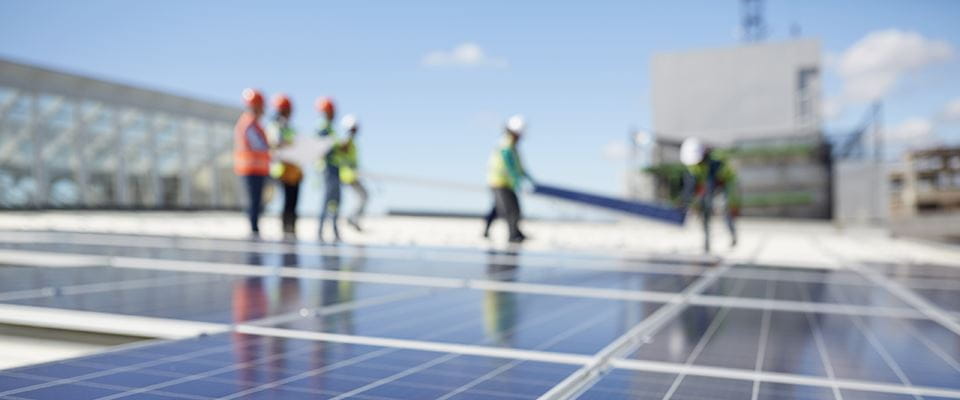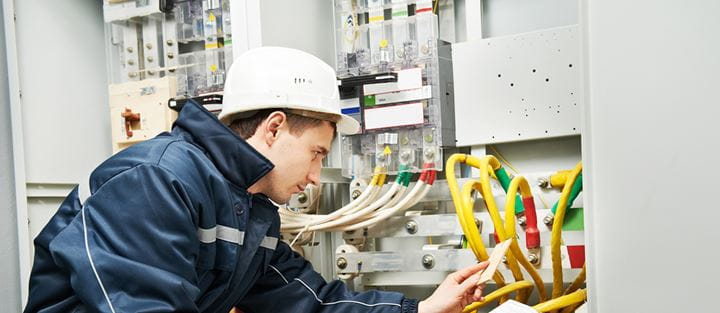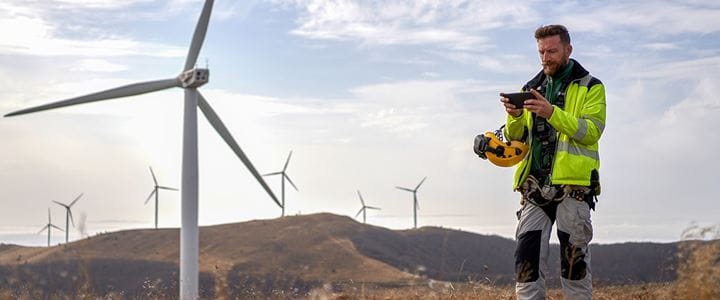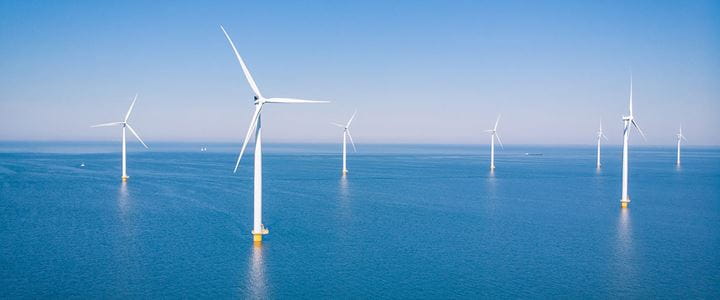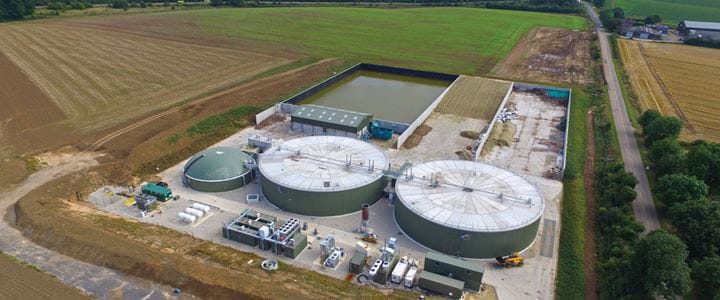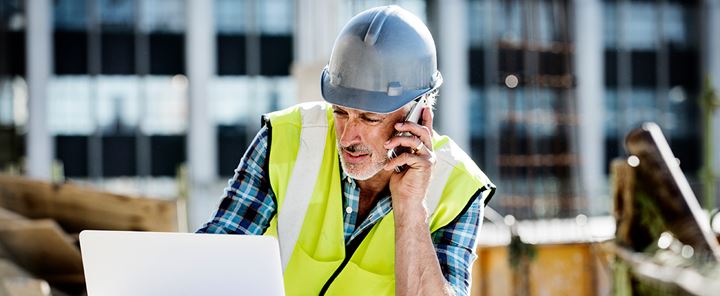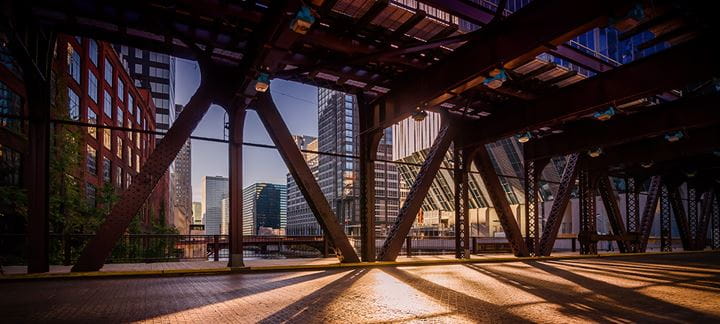If we are to reach net zero by 2050 we face a significant challenge of mass green retrofitting to existing buildings to reduce the carbon emitted from them. That’s why national and local government, housing associations and the private sector are all mobilising to increase the energy efficiency of our building stock – a project that could reduce annual energy costs by £7.5bn a year, create 150,000 jobs and reduce national carbon emissions by upwards of 20%.1
What is green retrofitting?
Simply put it is the sustainable refurbishment of an existing building to make it more efficient, better for the environment and sustainable for the future.
3 reasons to consider green retrofitting
As a property owner, here are the top three reasons to consider green retrofitting for your properties:
1. Energy savings – Whilst green retrofit projects are most associated with increasing your energy efficiency, these same changes that offset your carbon footprint will likely provide long-term savings.
2. Labour savings – Working in a green business can boost employee morale and certain retrofits to a workplace can improve ventilation, natural light and temperature control can all boost workforce productivity. Even small improvements to employee performance can result in financial gains for your tenants.
3. Rising demand – Green retrofits can boost your building’s competitive edge for tenants who want to improve their carbon footprint and Environmental, Social & Governance (ESG) rating to attract customers, as well as enjoying the cost-saving benefits of green buildings.
Green retrofitting – The challenge
How you green retrofit a building will depend on a number of factors. For example, the current make-up of the building and changes required, the challenges presented by this and the deliverables of the project. In planning a green retrofit or refurbishment, there are four key considerations to keep in mind:
- What are the current and future uses of the building? And will this change over time?
- What cost effective technologies and products are available to help achieve deliverables?
- Will an isolated or holistic strategy be required?
- Do the proposed strategies work in unison or compete against one another?
What green retrofit options are there?
A green retrofit doesn’t necessarily require a complete refurbishment of an existing building. It can consist of smaller projects. So what are the options when it comes to retrofit technologies?
Solar panels
Many commercial properties can benefit from rooftop solar panels, either on flat or pitched roofs. However, the general condition of the roof in question and its aspect would determine whether it was viable or not. If you’re thinking of installing solar panels on the roof of your building, make sure you choose the right consultants and supply chain to support this.
Heat pumps, biogas and biomass systems
There are two types of heat pumps, air and ground. Essentially an air source heat pump is a backwards fridge. It takes the energy stored in air outside and transfers it through a coil system, which contains fluid. This creates a warm liquid that can be used to heat radiators and underfloor heating systems. Ground source heat pumps do the same job but use the energy stored in the ground instead.
While you’d be sourcing heat from the air or ground, you do still need electricity to run the pumps. But it’s worth knowing that for each kWh of electricity used to run the heat pump, three to four kWh of heat could be provided to your building.2
Energy produced by the process of anaerobic digestion (AD), can be used to provide heat and electricity to supply your energy demands. Any surplus electricity can be sold back to the local power grid and if upgraded to a biogas plant you could inject gas into the grid. Plus, due to the nutrients present, you can apply AD effluent directly on agricultural land in place of raw manure or synthetic fertiliser.
Biomass systems provide heat and can provide hot water by burning a variety of wood, in the form of wood pellets, shavings, chips or dust. They are typically connected onto a low temperature hot water (LPHW) system and can be connected to warm air heaters, radiant panels, radiators and underfloor heater systems.
Wind turbines
Wind turbines aren’t just for large scale power generation. If you have space, it’s possible to have turbines installed to help provide power to your business. But, even if you do have the land, it’s not quite that simple and straight forward. You’ll also need to consider;
- the speed and consistency of the wind at your desired location
- the cost of installing a turbine, or multiple turbines to generate the amount of energy required
- access to the site for installation and maintenance
- if you’ll need to apply for planning permission.
LED lighting
If you’re considering installing LED lighting, make sure you check your sums insured for the building and contents. Although LEDs are an excellent energy saving alternative, buying poor quality LEDs can be more than just an expensive mistake; the technology in early LED strip light replacement tubes was very rudimentary and there have incidences where installing cheap, faulty LED strip light replacement tubes has led to fires. The widespread consensus from leading LED manufacturers and professional installers is not to install cheap alternatives of these lights, and to instead ensure you are buying a good quality product.
Green walls and roofs
Green walls and roofs can provide a rainwater buffer, purify the air, reduce the ambient temperature, regulate the indoor temperature of the building, save money and encourage biodiversity in urban areas. But while the advantages speak for themselves, there are a few drawbacks you should consider. For example:
- they can be more expensive than traditional roofs
- they can increase the weight load, therefore requiring more structural support
- they require extra maintenance, such as watering, feeding and weeding, to ensure it remains a thriving atmosphere.
Smart meters
Smart meters can be a great way for you to understand the energy usage of your building, help you change your habits to save money and can you give you access to better energy deals, whilst doing away with estimated bills and monthly meter readings.
However, saving money requires proactive use to actually change your energy consumption habits. Also, like all technology, things can go wrong such as technical faults which could affect real-time updates until you get it fixed.
Water efficient taps
A water efficient tap could help you cut your water consumption by up to 60%, saving you money of your water bill and being eco-friendly.3
However, like most advanced technology and efficient fixtures, they can cost more to install. Some also believe that they negatively affect the water pressure because less water moves through aerator.
Electric vehicles
The UK Government has announced that the ban on new petrol and diesel cars has been brought forward to 2030, while also publicising a new £20m fund to promote electric vehicle (EV) innovations through a research and development competition.4
Whilst transitioning your vehicles to electric vehicles may support a reduction in risks, such as unintentional fuel leaks, and improve ESG credentials, it also introduces new risks for consideration. You will need to carefully consider the new risks presented and decide what control measures you can and should implement.
Whatever green improvements you look to make, they key consideration should be the suitability of the improvements for the building and the robustness of the supply, whether this is direct or via third party providers. You should also consider how you will combine the retrofitting of your property with cultural changes, such as office recycling and your energy usage. Something as simple as turning off visual display units (VDUs) in the office when they’re closed could make a big difference.
Need expert advice? Get in touch with our renewable energy or real estate experts.
Source:
1 https://www.built-environment-networking.com/event/green-retrofit-decarbonisation-conference/
2 https://gshp.org.uk/How_Ground_Source_Heat_Pumps_Work.html
3 https://www.savemoneycutcarbon.com/category/taps/
4 gov.uk Government powers up electric vehicle revolution with £20 million chargepoints boost
Real-world insight that we don't share anywhere else
Get access to exclusive help, advice and support, delivered straight to your inbox.


